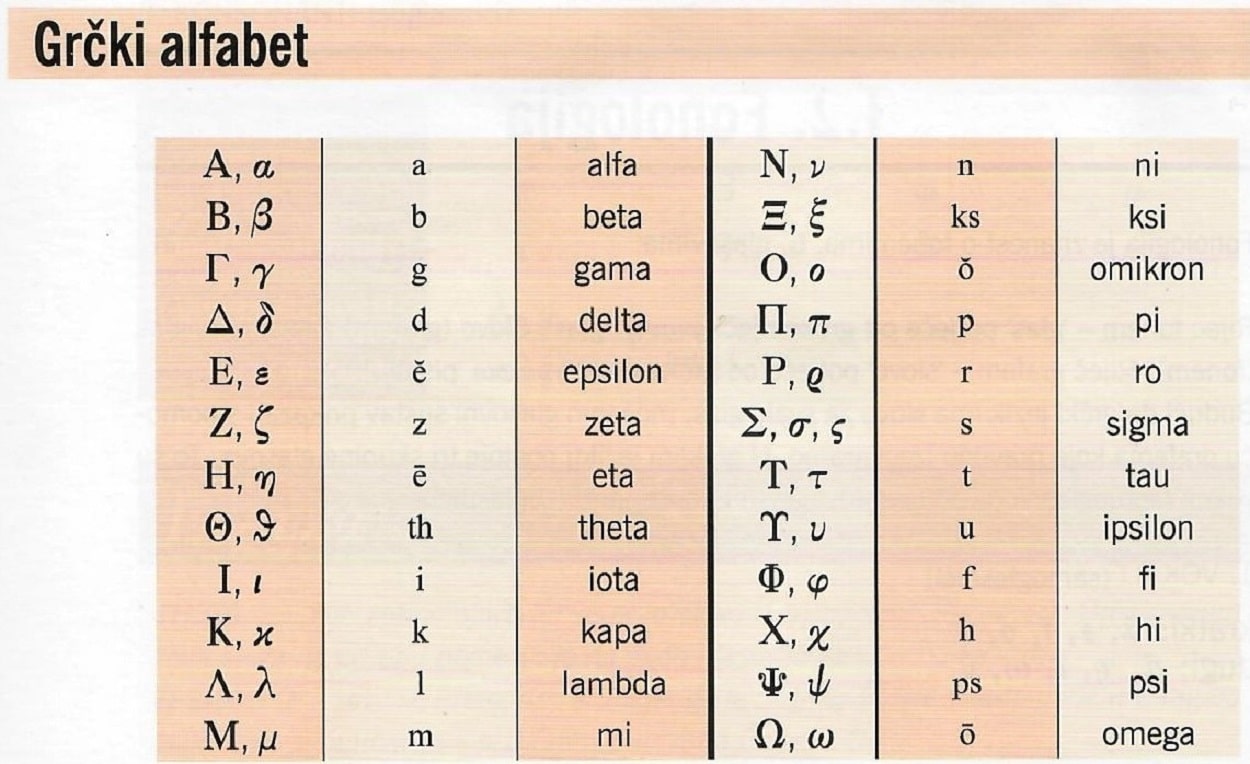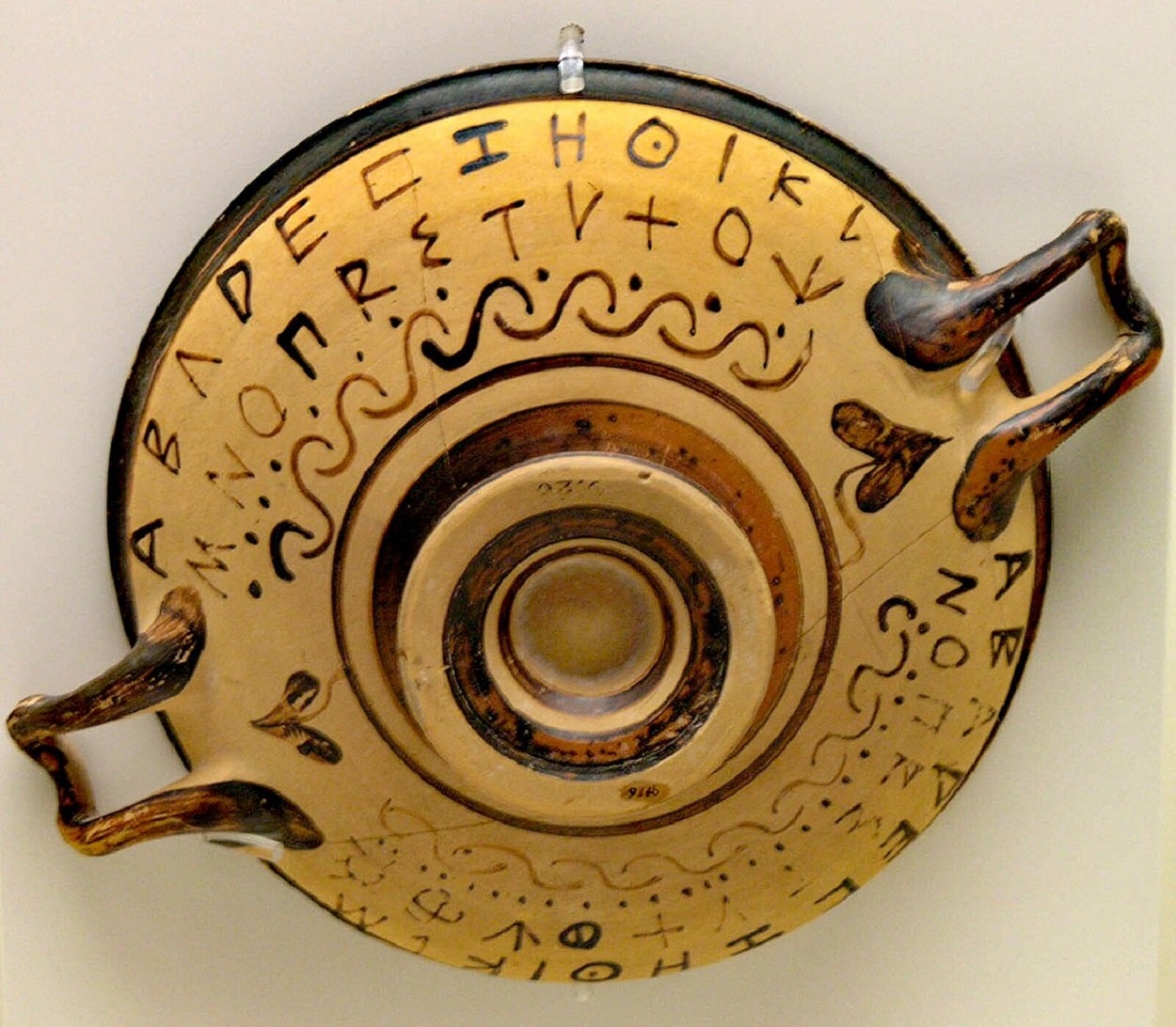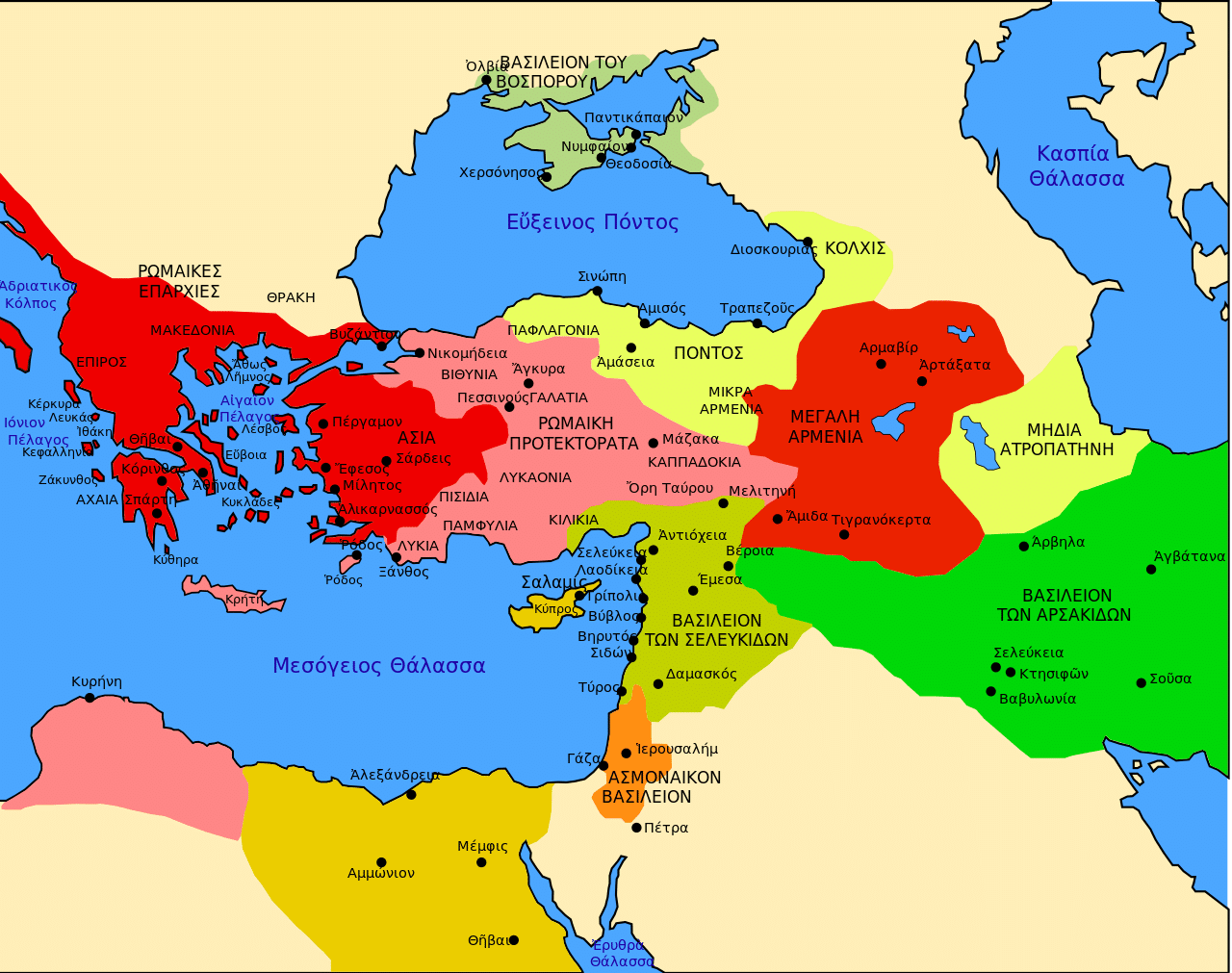
Greek alphabet
The ancient Greek alphabet and writing are modeled on those created by the Phoenicians. These, originally from the Near East, were great navigators who established factories or trading colonies throughout the world. Mediterranean coast reaching the same Iberian Peninsula.
But they were also the first to create a alphabet, that is, a set of graphic representations of sounds. Until then, writing consisted of icons that showed what was meant. It was what is called pictographic writing.
A precedent of the alphabet and writing of ancient Greece: Linear B
The Phoenician alphabet was spread by its inventors throughout the Mediterranean, leading many of the peoples to adapt it to their needs. Of all of them, perhaps the most advanced was greek, which also perfected it.
However, we must tell you that it was not the first writing system used by the Hellenes. Prior to this time is the so-called Linear B, used in the Mycenaean period, that is to say, the one before that of Classical Greece, which covers, approximately, between 1600 and 1200 BC and which had as protagonists the cities of Troy, Slash, Athens o Tirinto.

Object decorated with the ancient Greek alphabet
Linear B, also known for Mycenaean Greek, it was a type of syllabic writing. It is thus called the one whose symbols jointly represent a vowel sound and another consonant (a syllable). Its function was not literary, but purely administrative. It was used to record the expenses of aristocratic palaces. As a basis for writing, they were used clay slats which, at the end of the year, used to be destroyed to start a new accounting.
Greek innovations to the Phoenician alphabet
Consequently, when the Greeks adopted the Phoenician alphabet around 1100 BC, they combined it with their own writing techniques. In this way, they modernized it and made it more complete and functional. Among his contributions, the following stand out.
Introduction of vowels
The main innovation brought by the Hellenes was the introduction of vowels, nonexistent in Phoenician writing. To represent them, don't think they made an effort of imagination either. They limited themselves to adopting some symbols of the Phoenician model that they did not need for their language and they turned them into spellings of vowels. The first vowels were alpha, epsilon, iota, omicron e ipsilon.
However, this contribution has been fundamental for the history of Humanity. In fact, all later alphabets that include vowel signs have been based on Greek.

A map of ancient Greece
Other contributions to the alphabet and writing of ancient Greece
The Hellenes also introduced other innovations to the inherited alphabet. Thus, they created three new consonants: the Fi and Gi as a representation of non-existent aspirated sounds in the Phoenician language and also the Psi which is still used today in the cult language. Transliterated by the Romans, it still appears in Spanish when writing words like "psychology" or "psychiatry."
The evolution of the Greek alphabet
In its origins, the alphabet and writing of ancient Greece had some spellings that later disappeared. They are the cases of the digram, which recreated the wau Phoenician; the St., which had the same sound as the sigma and therefore were easy to confuse, or the wow, which reproduced the explosive uvular sound whoop of the Phoenicians which did not exist in Greek.
But it is more important that you keep in mind that the Greek alphabet was not totally uniform. Specifically, it had two main variants: the oriental or ionic, which was adopted by Athens in 406 BC, and the western or calcidic, which gave rise to the Etruscan alphabet and, from this, to the Roman one.
The Greeks also changed their way of writing. Initially, they used a bustrofedon type writing, consisting of writing a line from right to left, the next from left to right and so on. In this way, they always began to write on the side where they had finished the previous line.
However, by the time Athens adopted the Greek alphabet, writing was always done from left to right just as we do now in the West.

A passage from Homer's 'Odyssey'
Numbers, another application of the Greek alphabet
As you know, the Romans used their letters to number. In fact, we still use Roman numerals today, for example, for centuries. However, this was already done by the ancient Greeks. Specifically it was in the Ionia region, which more or less comprised the central and western coast of Anatolia, today Turkey, along with its islands.
As Latinos would later do, each letter of the Greek alphabet represented a number. And they even kept for this system the primitive letters that they had eliminated. As an example, we will tell you that alpha was worth 1, beta had a value of 2 and so on until we reached iota that was worth 10. However, from this, kappa had a value of 20, lambda of 30 or my of 40.
Greek supports for writing
While perfecting their alphabet and numbers, the Greeks also improved supports that they used to write. In principle and like the Phoenicians, they used soft clay tablets and pointed instruments. But, over time, they were adopting more elaborate tables (including wax impregnated wood) and also the papyrus and parchment.
In conclusion, to the Greeks we owe the creation of the alphabet as we understand it today, with vowels and consonants. But, in addition, thanks to the appearance of this, we have been able to preserve the works of great authors of the Hellenic antiquity in all fields of knowledge, from Philosophy to Medicine. For example, we know that Socrates he did not write anything, but his ideas were written by his disciple Plato who, for his part, also wrote his own. Don't you think we should thank the Greeks for this magnificent service?